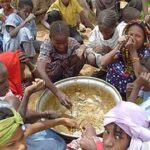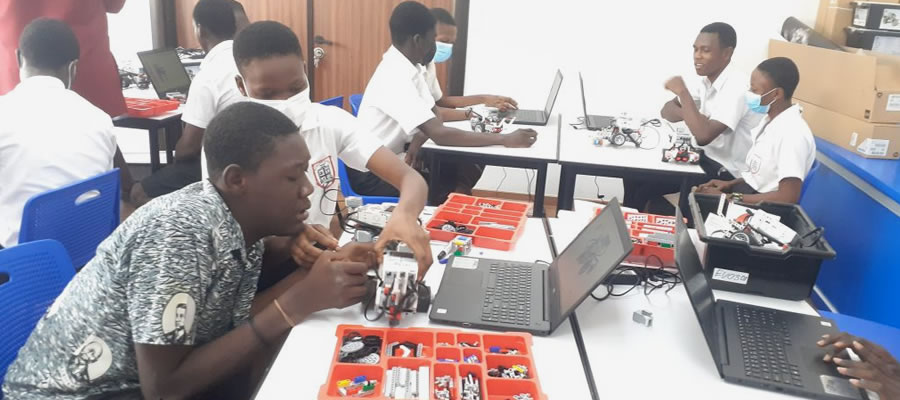Accra, Oct. 19, Chronicle — Report issued by the Institute of Statistical Social and Economic Research (ISSER) of the University of Ghana has shown deterioration in the poverty situation in the country.
The report findings therefore give different assessment of the poverty situation from 52% to 40% as depicted in the Ghana Living Standard Survey (GLSS 4) report of the Ghana Statistical Service (GSS).
The study, which was based on set of data from research the GSS undertook in 1998/9 (GLSS4) and 1992/3 (GLSS3), used different approaches to measure the poverty situation in the country.
The GLSS approach in assessing the poverty level was based on the level of income and consumption earned by individuals annually.
However, ISSER believes poverty is a bigger phenomenon that cannot be assessed only by the use of income level, hence the use of different methods that consider poverty as a multi-dimensional process taking into consideration other factors that affect the livelihood of people to rank the poverty situation in the country.
“The findings however is not to challenge the results of the GLSS4, but to analyse the multi-dimensional nature of poverty in the country as the complex reality of poverty makes it difficult to capture the nature of this phenomenon via single uni-dimensional measure”.
Dr. Kojo Appiah-Kubi, Research Fellow of ISSER, in an interview with the B&FT in Accra, disclosed this.
ISSER used the Fuzzy Sets Theory to analyse data from the GLSS3 and GLSS4 on actual living conditions, including housing conditions, the possession of durable goods, household expenditure and assets, and many other poverty indicators show a tremendous deterioration in health conditions.
The uni-dimensional measure of poverty as used by the GSS uses income and consumption as the basis of assessing poverty and considers the poorer population as those obtaining less than ?900,000 per annum.
The study finds that deprivation levels, on the basis of given household characteristics, are lower than those found in studies, using uni-dimensional proxies, but appear to have changed overtime.
“The uni-dimensional measures only plead for transfer policies that alleviate poverty in the short term whereas multi-dimensional measures permit the recommendation of structural socio-economic policies that could break the intergenerational reproduction mechanism of poverty in the long-term,” he added.
The report gives better insight into how to target the poor so as to avoid investing in people who are wealthy because it tells who actually is poor in the country.
Source: GhanaWeb














